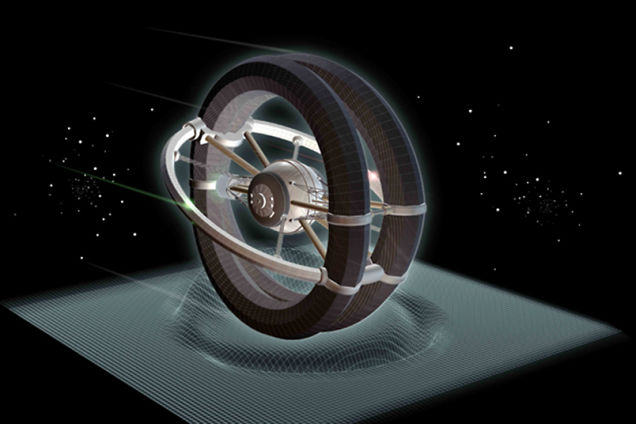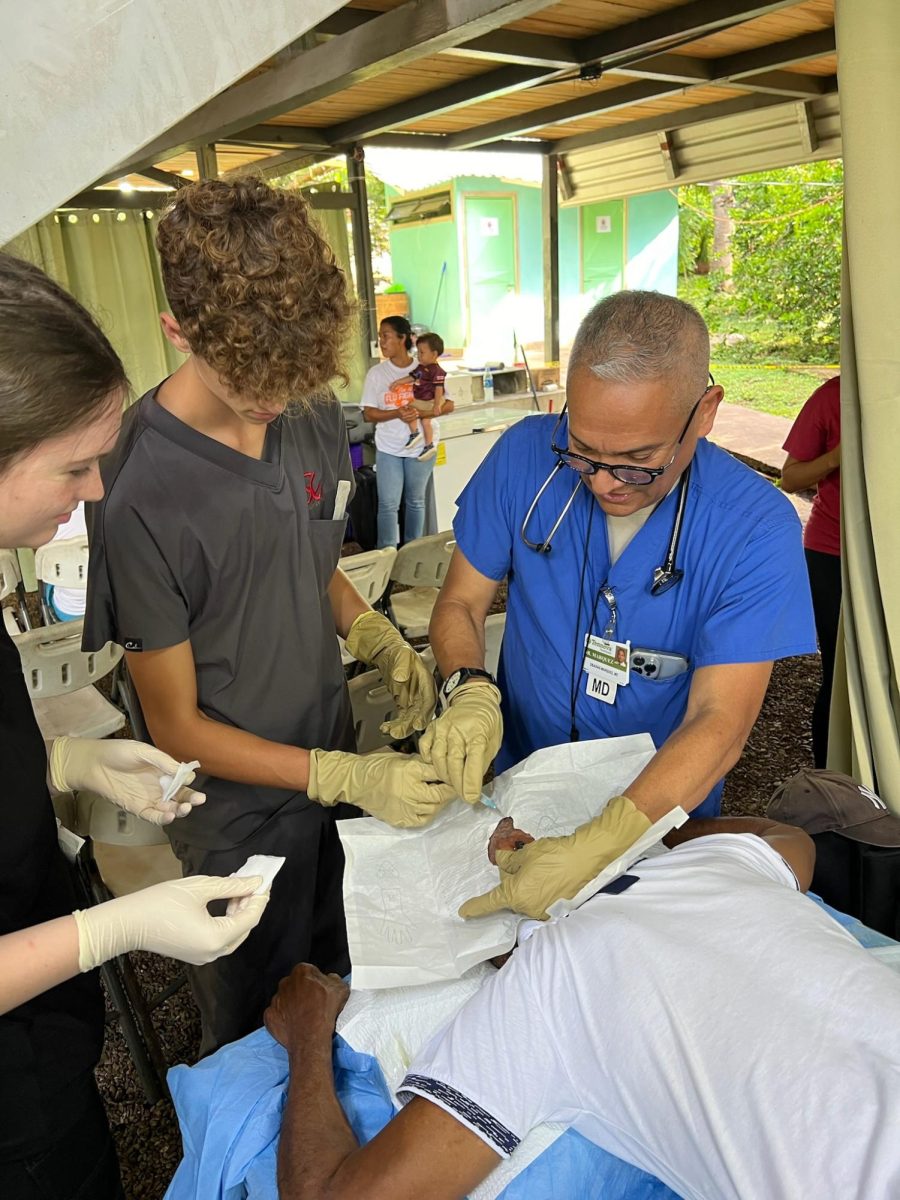By: Ben Mixon
Many people have a vision in their head of space travel in the future. Bright, colored nebulas contrasted by dark void; massive, glossy white space ships; or adventures riddled with aliens and action.
The truth is, in this day and age, our preconceptions of humans venturing into space may not be too far off. How close are humans actually to achieving space travel beyond where we have already gone?
In light of recent events at NASA involving the unmanned Antares space shuttle exploding seconds after liftoff, it’s easy to question and even scoff at the efforts of the world’s leading rocket scientists (you can read about the incident and watch the video here). But advancements are being made in other areas that may surprise you.
Remember Star Wars and how space ships slip seamlessly into light speed to travel across the galaxy? And in Star Trek, how the U.S.S. Enterprise majestically launches into warp speed as the music reaches a glorious climax? A “space propulsion system,” or a so-called “warp drive,” is in development by teams of scientists in collaboration from multiple countries.
Presented at the 50th Joint Propulsion Conference in Cleveland, our own NASA team wrote in a study, “Test results indicate that the RF [radio frequency] resonant cavity thruster design, which is as unique as an electric propulsion device, is producing a force that is not attributable to any classical electromagnetic phenomenon and, therefore, is potentially demonstrating an interaction with the quantum vacuum virtual plasma.”
To the common reader, this wordy statement is mumbo jumbo at best. Basically, the device constructed could make space flight much cheaper and faster, potentially opening up endless opportunities for further space exploration. If it works, that is.
Chinese researchers have reportedly built a version of the system that does in fact work, generating enough thrust to potentially power a satellite. As teams across the globe continue with efforts to advance space traveling technology, the NASA team assures in their released statement, “The results are promising enough to warrant further study.”








